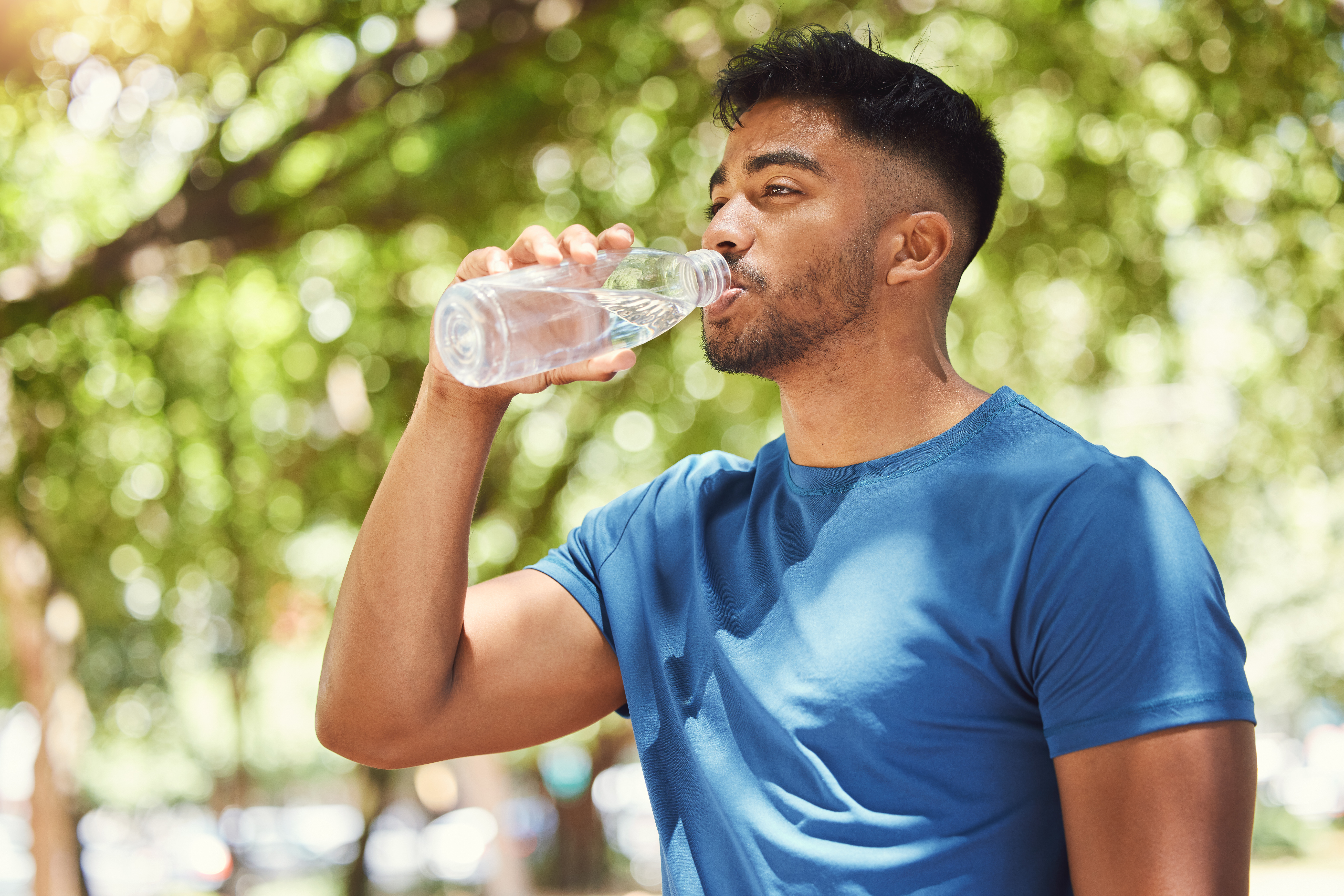Your body is constantly using and losing water. Even though the average human is about 60% water, you need to intake more than you use. If not, you’ll become dehydrated. This may cause blood clots, seizures, and other potentially fatal health issues. Dehydration can be mild or severe, and even a mild case can cause your body harm. You can usually treat mild dehydration at home. Severe dehydration needs to be treated in a hospital or emergency care setting. Everyone should know about the not-so-obvious signs of dehydration that don’t just include being thirsty.
Dehydration is not just something that can happen during hot summer days. As the colder months start to settle in, learning about the warning signs of dehydration can save your body from harm.
Fatigue: Being even mildly dehydrated can affect your moods and energy levels. It can be a harmful cycle when you’re feeling exhausted to reach for a cup of coffee or caffeine because that can dehydrate your body even more.
Increased appetite or cravings: Dehydration impacts your body’s nutrients and organs, like the liver, that use water to release energy stores. Though you might crave almost anything, hunger for something sweet is common because your body has difficulty producing glycogen. So, while something sweet may satisfy you in one way, it may be that your body needs water. If you’re really feeling hungry, you should have a snack and include a big glass of water.
Headaches: When you don’t drink enough water, you may feel a headache or migraine coming on, often described as a pulsating pain on both sides of the head. A big glass of water may help relieve that pain.
Dry skin: If you’re really dehydrated, the hair on your skin may stand on end. One easy test to help you see if you’re dehydrated is to pinch the skin on the back of your hand. You’re probably hydrated enough if it bounces back in a few seconds. If it doesn’t return quickly to normal, you’re probably dehydrated and should consider taking steps to help your skin.
Muscle cramps: While heat and exertion may be enough to cause cramping muscles, reductions in blood volume with exercise and sweating can cause imbalances in electrolytes like sodium and potassium. While this may be more on hot days, muscle cramps are still possible during cold months. If you’re exercising, make sure you have a sports drink or plenty of water to replenish what you are exerting.
Darker urine: if you’re reasonably well-hydrated, your urine will be clear with perhaps a tinge of yellow. If you’re dehydrated, it gets more yellow; the more dehydrated you are, the darker it becomes. Orange urine (or not having to go at all over a lengthy period) indicates severe dehydration.
Some people have a higher risk of developing dehydration than others. This includes people who work outdoors or in hot temperatures, like a welder or construction workers. Older adults and infants may be at a higher risk of dehydration, especially if they have digestive issues.
If you feel you’re experiencing any of the above warning signs for dehydration, there are a few steps you can take. Staying hydrated is more than just a one-day fix. You’ll have to commit to these changes to stay hydrated and not fall back into old habits.
- Keep a water bottle handy and sip regularly. If you have it readily available, you’re more likely to drink water throughout the day.
- Have a glass of water with your meals. If you always have a soda or glass of milk, instead of replacing it, try drinking a glass of water first before you enjoy your other drink.
- Eat fruit and vegetables. Your body can absorb water from other sources, like food! Apples, oranges, and other delectable produce are good tasting and contain lots of water.
- Set a goal. If you want to drink more water, try getting as specific as possible. Instead of, “I want to drink more water,” create a goal to “drink 100 ounces of water before 10 pm every day”. Using this strategy, you can measure if you were successful or not. Before you fill up your water bottle, flip it over and see how many ounces can fit in it. This way, you’ll know how many times you need to fill up your water bottle to meet your goal.
- Set a time. If you lose track of time during the day, try setting a timer on your phone or computer to go off every hour or so to drink some water. Eventually, it will become a habit but for now, lean on a time management tool to help you.
How much water you need daily can vary significantly from person to person. If you regularly experience any of the above symptoms or you are at a higher risk of being dehydrated, it’s a safe bet you probably don’t currently get enough water. You’ve probably heard that you must drink eight 8-ounces of water daily. This has been accepted as fact, but some people may need to drink more, some less. To keep it simple, listen to your body. If you’re feeling thirsty, have a glass of water and enjoy a glass at mealtime.




